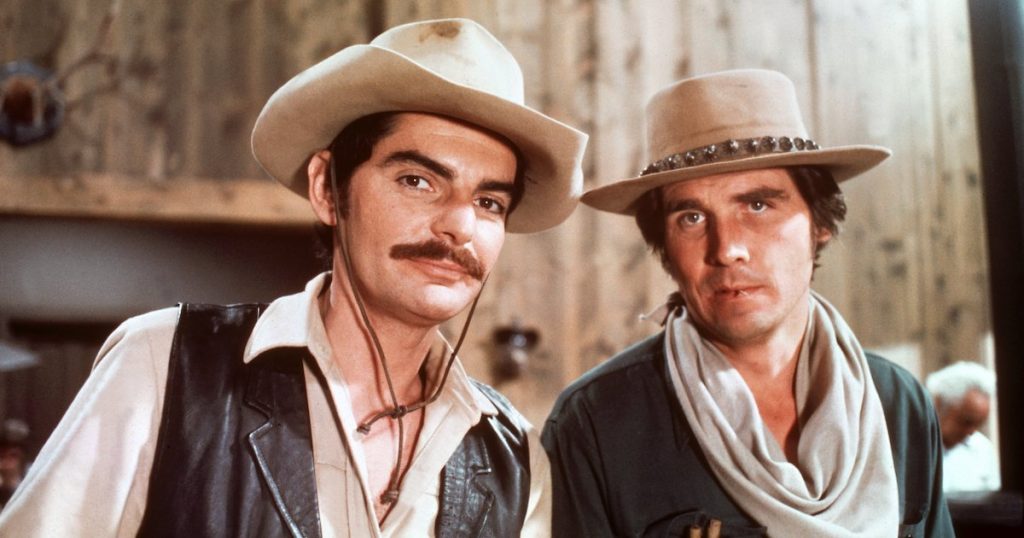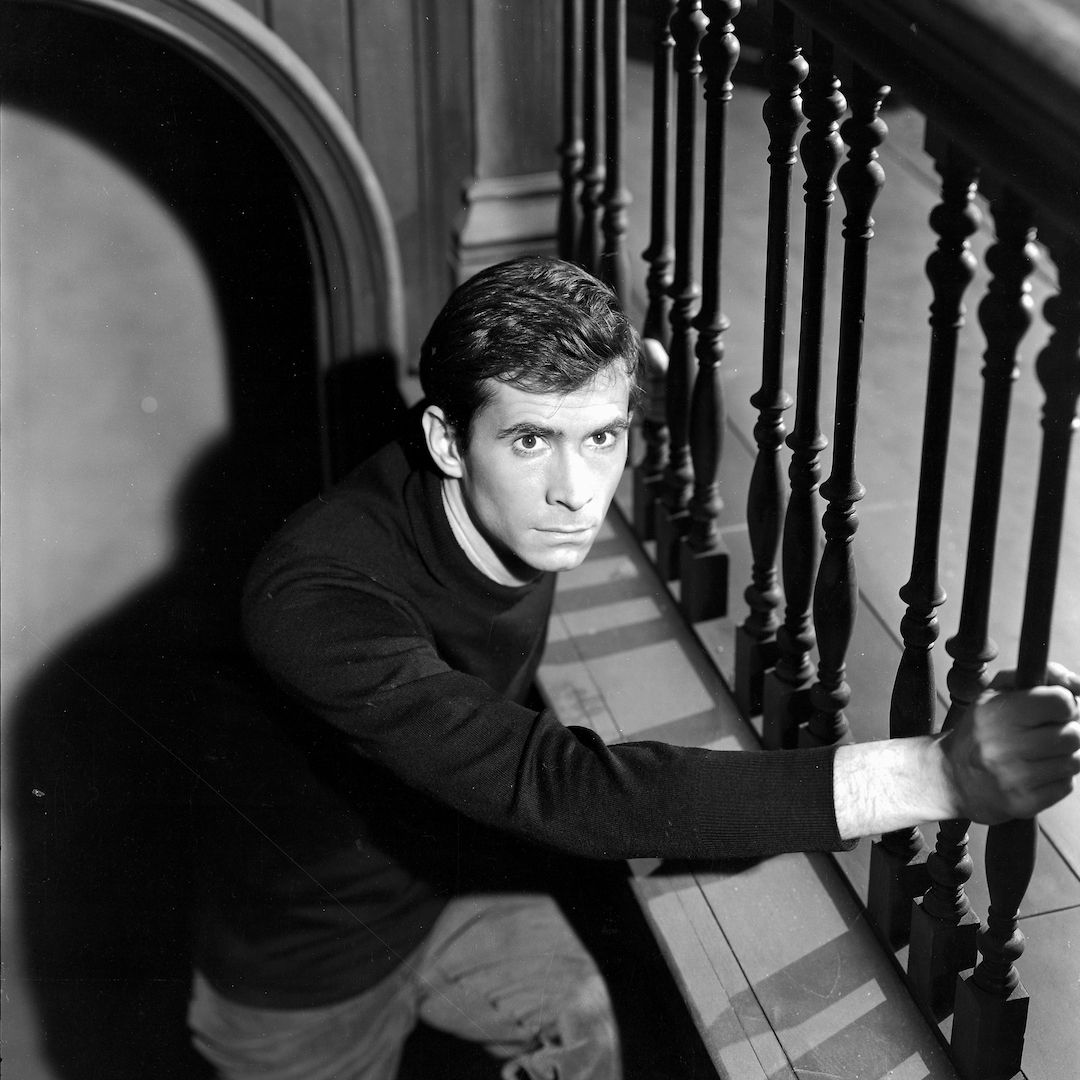Crichton’s Westworld (1973): Boy, have we got a vacation for you
June 25, 2021 By Go BackHBO’s Westworld TV series is the kind of slick, high-budget remake that tends to make an original property fade in the public consciousness. But while 1973’s film Westworld may look old-fashioned in a quick comparison, a deeper look into the sci-fi classic reveals the massive impact it had on genre filmmaking, and shows the forgotten talents novelist Michael Crichton had as a filmmaker.
Crichton’s legacy tends to boil down to two things: writing Jurassic Park and creating ER. Generally, his works were simple science fiction stories focusing on the chaos technology can bring. More than anything, he was critical of the organizations that ignore level-headed warnings of doctors and scientists. While mostly remembered for his writing and the projects they inspired, he also dipped his toe into Hollywood, directing a handful of movies in the 70s and 80s while supplying his own screenplays and original concepts frequently not found in his books. He had a knack for knowing when his stories would be better in a visual medium, and while many of his 80s works were forgotten, Westworld remains relevant to this day.

Many non-directors who enter and exit the field quickly don’t leave behind much of a legacy – even Exorcist scribe William Peter Blatty’s two fantastic films are mostly of cult interest – so Crichton stands out as a unique case. Westworld as a story is a wonderful skewering of Western tropes and a deep examination of the falseness of our view of historical societies and their heroes. This came at the same time spaghetti westerns were turning cowboys into anti-heroes, but here, the sci-fi context allows a different sort of sober second thought. But to me, the most amazing thing Crichton brought to the screen were the ingenious directing and innovative, exciting visuals that allow Westworld to remain a timeless film.
The wisest choice Crichton made was to mix Richard Benjamin and James Brolin, two naturalistic scruffy 70s charmers, into his fake recreation of the wild west. Something like the rootin’-tootin’ bar fight or the showgirl seduction seems odd and out of place with our two realistic heroes. The Westworld theme park is created to bring to mind old westerns from the 50s or before, so the men’s casual interaction with stiff, cliche caricatures is where you first feel the the western fantasies of sex and violence clash with the reality of sci-fi tourism.
And all of that doesn’t even take into account Yul Brynner’s stunning turn as The Gunslinger. The Gunslinger is dressed just like his classic character from The Magnificent Seven, but the fact that he’s back every single day to cause trouble and stalk our heroes begins to wear even before it all goes to hell. His cold menace hidden behind reflective eyes and his undying pursuit of his prey has been credited as inspiring Arnold Schwarzenegger’s performance in Terminator and for lighting the fire in John Carpenter to create his own relentless killer in Halloween. Brynner has much of the heavy lifting, selling effects shots and playing cold against comedy early on, but pulls it all off. What could have been silly is truly fearsome in the hands of a master actor.

Crichton’s skill also extends to the visuals throughout the movie, adding a slick futuristic sheen even in such a distinctly 70s picture. The way he adds blood and slow motion to the early pleasurable robot shootout sequences, then makes the real deaths quick and matter-of-fact, ups the shock value and underlines his questioning of why people are quick to relive such a violent era. Westworld was known as an innovator with computer graphics, having the android Gunslinger’s vision provided from the Jet Propulsion Laboratory, making them some of the first computer generated images seen on film. Though those images may seem a bit dated, they’re nonetheless unique and would go on to inspire many robotic point of view shots through franchises like The Terminator and Robocop. From the silliness of the advertisement that opens the film, to the rushing landscape on the sunglasses of the pilots, you can tell Crichton wanted to make this a unique film experience, beyond just a good story.
While Westworld was an undeniable hit and a sci-fi masterpiece, the demands of MGM during the waning studio era and innovating so much caused Crichton to step away from filmmaking for half a decade. He’d return to make two other 70s classics, Coma and The Great Train Robbery. He frequently stated that while he appreciated the public’s love for the film, their focus on The Gunslinger and thriller aspects of the film frustrated him, as he’d wanted to tell a story primarily about corporate greed and malfeasance. Thankfully, he lived to see Jurassic Park, his novel exercising those same themes, grow into one of the biggest franchises in cinematic history.











 Follow us on Instagram
Follow us on Instagram